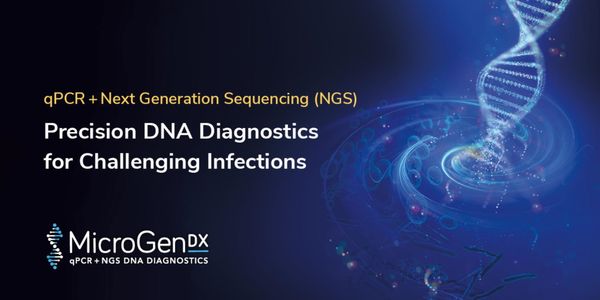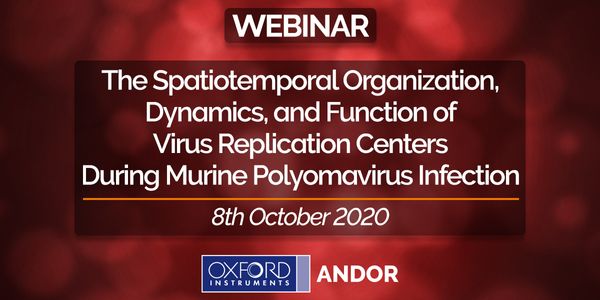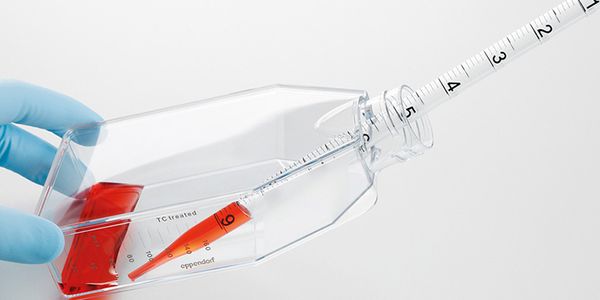Imaging
Imaging: the technique and process of creating visual representations of the interior of a body for clinical analysis and medical intervention, as well as visual representation of the function of some organs or tissues (physiology). Medical imaging seeks to reveal internal structures hidden by the skin and bones, as well as to diagnose and treat disease. Medical imaging also establishes a database of normal anatomy and physiology to make it possible to identify abnormalities. Although imaging of removed organs and tissues can be performed for medical reasons, such procedures are usually considered part of pathology instead of medical imaging.
-
...
...
Date: September 16, 2020 Time: 7:00am (PDT), 10:00am (EDT) Of the 15 million patients admitted to US based hospitals with medical, non-surgical illnesses, 8 million possess inherent risk of...
Speaker:
Alex Spyropoulos, MD, FACP, FCCP, FRCPC
OCT 13, 2020 | 5:00 AM
Date: October 13, 2020 Time: 5:00am (PDT), 8:00am (EDT) Dr. Markus Kostrzewa shall ellaborate the progress that has been made in Bruker Microbiology Research and Development, including new p...
...
Speaker:
Arjun Khanna
, David Chi Leung Lam, MD, PhD
, Chein-Feng Li, MD
, Darren Wan Teck Lim
OCT 09, 2020 | 8:00 AM
DATE: October 09, 2020 TIME: 08:00am PT Traditional culture techniques, as the primary diagnostic tool for infectious diseases, are coming under scrutiny for failing to universally detect in...
Speaker:
Joseph John, Jr., MD, FIDSA
, Michael Schmidt, Ph.D. FAAM, FACD
Sponsored By: MicroGenDX
Soluble cytokine biomarkers are the master regulators of cell-to-cell communication-- the means by which one cell tells another what to do or where to go. Determining the biomarker signature...
Speaker:
Jenny Koenitzer, PhD
While circulating cell-free DNA (ccfDNA) and to some extend CTCs from blood are routinely used as analyte in liquid biopsy cancer research applications, circulating cell-free RNA (ccfRNA) ha...
Speaker:
Thorsten Voss, PhD
Multiplex detection of oncogenic mutations using LNA-based assays on the QIAcuity digital PCR system Digital PCR (dPCR) enables specific and sensitive detection of genetic alterations in onc...
Speaker:
Dr. Özlem Karalay
The continued rapid expansion of immunotherapies, including both in vivo and ex vivo therapeutics, has driven the development and adoption of novel tools to study, asses and understand these...
Speaker:
Benjamin Borgo, PhD
























